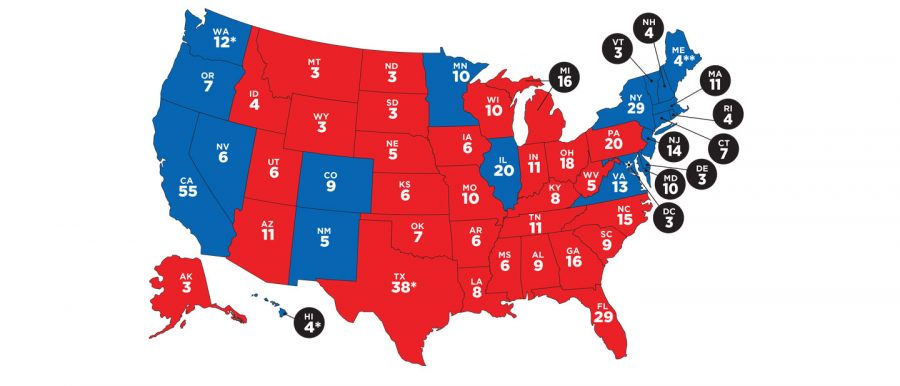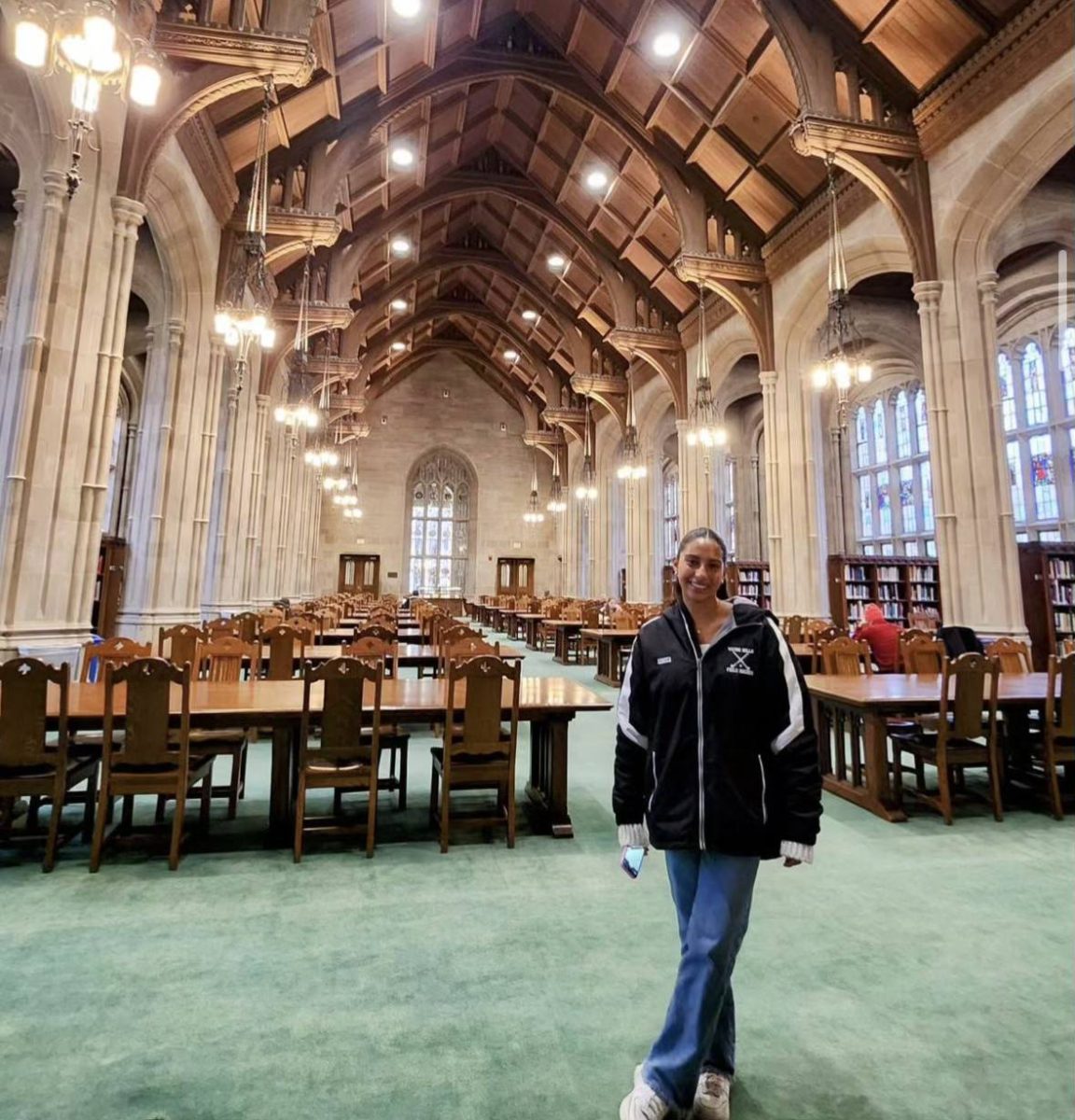How Does the Voting Process Work in The U.S.?
October 18, 2020
With the upcoming election, U.S. citizens are rushing to get their votes in and excercise their right to participate in politics.
The voting process in the United States is complex and confusing at times, and there are many misconceptions as to how this democratic system works.
The voting system resides in the electoral college (the process that elects the President/Vice President). There are a total of 538 electors; in each state, there are a set number of electors, which equals the number of representatives plus two electors for the senators each state has. A Candidate obtains all of the electoral votes when they win in a state. For example, New Jersey has 14 electors and if a candidate has the majority of the electors in New Jersey, they recieve all 14 of the votes. The President/Vice President then wins when they have 270 or more electoral votes.
In simple terms, the people indirectly vote for the President and Vice President through their state’s electors.
This voting system, outlined in the Constitution, has been a topic of debate. People explain that the system protects state’s rights and prevents states with high populations from deciding the outcome of the election. Advocaters of the process also claim that the electoral college ensures all states have representation in the election. People against the system argue that it is unfair that a candidate can recieve the popular vote and still lose the election. Opposers also argue that swing states, such as Florida and Ohio, have too much power since they can determine the result of an election. They also contend that the electoral college does not directly represent the will of the people and the election process would be best if determined on popular vote.
Wayne Hills senior Lauren Reiser favors the latter opinion: “…the electoral college is an outdated voting process. With the current system, elections often come down to a few swing states, which does not properly represent the population of this country as a whole.”

















